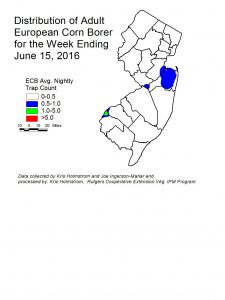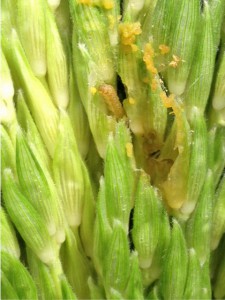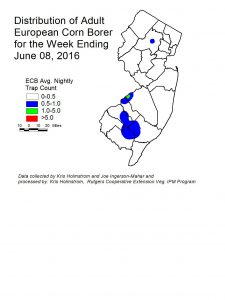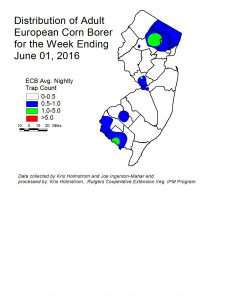- There have been no new reports on late light in the region. Late blight (US23) was reported on potato on the Eastern Shore two weeks ago. All tomato and potato growers in the region should scout on a regular basis.
- Blackleg caused by Dickeya has been reported in potato this past week.
- Cucurbit downy mildew has been reported on cucumber as far north as central North Carolina this past week. CDM was reported on acorn, yellow summer, and butternut squash in South Carolina on 6/14. All cucurbit growers should scout on a regular basis for downy mildew and powdery mildew.






